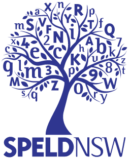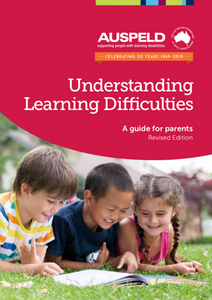Dysgraphia
What is dysgraphia?
Dysgraphia is a difficulty with spelling and written expression.
Children and adults with dysgraphia often have difficulties with handwriting, spelling, grammar, punctuation and organisation of written tasks.
Dysgraphia is also known as a specific learning disorder in written expression. Dysgraphia is a brain-based (neurological) disorder or disability. People with dysgraphia often have to work much harder and longer to produce written work to the same standard as another individual.
How is dysgraphia identified?
Dysgraphia is generally diagnosed by a psychologist. The psychologist will investigate learning strengths and difficulties. Handwriting and fine motor difficulties can be identified by an occupational therapist.
Before a diagnosis of a specific learning disorder in spelling and written expression (or dysgraphia) is able to be made, it is essential that the child or adult being assessed has received at least six months of intervention focused on improving their spelling and written expression.
Before seeking an assessment or diagnosis of dysgraphia it is also important to check eyesight and hearing.
How do you support a person with dysgraphia?
Students with dysgraphia can improve their writing, handwriting and spelling skills. Occupational therapy may assist with hand writing and fine motor skills. Students benefit from explicit and structured instruction in spelling, grammar and written expression.
Students with dysgraphia will often need more opportunities to practise spelling and writing skills and so can benefit from working with learning support teachers, systematic synthetic phonics and morphology intervention programs or working with experienced tutors or occupational therapists.
Students and adults with dysgraphia can also benefit from adjustments made to their school or work environments. Such adjustments include:
- the use of speech to text software;
- limits to the amount of writing required;
- assistance with spelling, writing and editing for example, predictive spelling, scaffolded writing tasks;
- typing and scribes.








